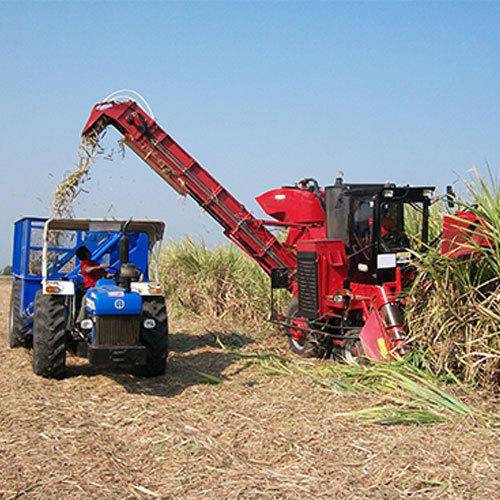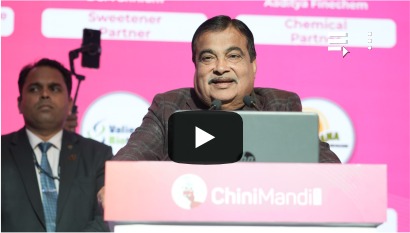As heavy rain clouds gather over Shangtang Village in Wuxuan County, Guangxi Zhuang Autonomous Region, farmers watch over their buffalo herds while unmanned tractors plough across the sugarcane fields.
During the spring ploughing season, farmers sit behind driverless sugarcane tractors, guided by the BeiDou Navigation Satellite System (BDS), to drop sugarcane seeds at regular intervals. With these automated tractors, planting, fertilizing, and mulching can be done all at once.
This modern agricultural technology has been a game-changer for Wuxuan County, a major sugarcane planting area in China. Today, seeding sugarcane is ten times more efficient than before, thanks to the tractors following pre-designed routes planned by the BDS.
“With the help of BDS, we can control the straight lines within two centimetres and maintain a distance of five centimetres between each line, benefiting photosynthesis and nutrient absorption in sugarcane,” said Wu Qihui, director of Wuxuan Bosheng Agricultural Machinery Specialized Cooperative. “Good ventilation is crucial for achieving high yield.”
A local farmer planting sugarcane for over 10 years, joined the cooperative in 2020. “It used to take a week to plant my 20 mu (about 1.33 hectares) of farmland by hand, but now it only takes a day,” he said. Mechanization has reduced costs by at least 100 yuan (about 14 U.S. dollars) per mu, according to him.
In addition to efficient equipment, quality sugarcane seeds are essential for higher yields. The cooperative’s breeding base grows early-maturing, high-sugar varieties introduced by the regional academy of Sciences. These seeds, which can produce eight tonnes per mu, are popular for their standardized quality.
“With better policy support for agricultural production, local villagers are increasingly willing to participate in modern agriculture,” said Mo Tingjin, director of the Agricultural Mechanization Service Center of Laibin. “The government provides subsidies for mechanized farming methods and healthy sugarcane varieties, allowing many farmers to plant sugarcane at zero cost.”














